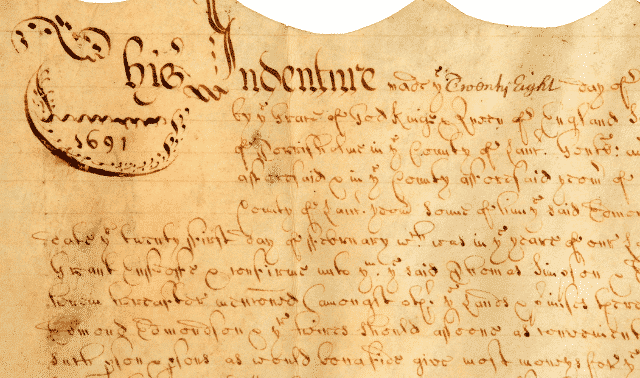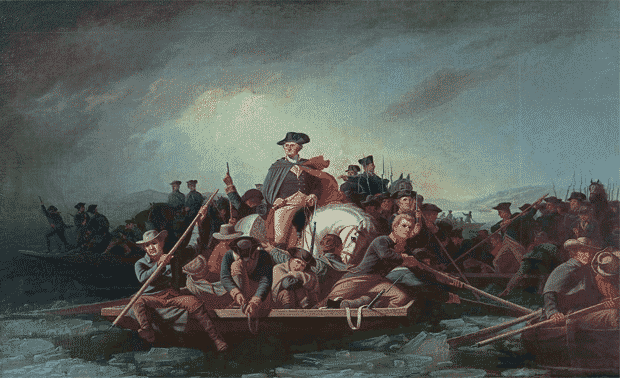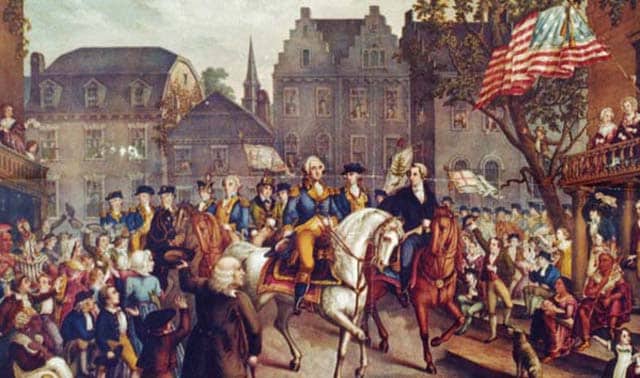Q. How do you find records on indentured servants? I have no idea what the name of the ship was.
All I know is that John and William Nolan went on a ship somewhere in Ireland to sell boiled eggs and stowed away until the ship left port. Then a tanner paid for their fare.
A. An indentured servant was a person headed to Colonial America who “bound” him- or herself to a property owner before departure. This person contracted to work as a servant for a specified time (seven years on average), usually in exchange for ship’s passage and for minimal shelter, food and clothing. “Redemptioners” were indentured servants who didn’t contract before departure — if they couldn’t repay their passage within a designated time (such as two weeks) after arrival in the Colonies, the ship’s captain sold their contracts to the highest bidder.
Several books list arrivals of Colonial indentured servants and redemptioners, such as Peter Wilson Coldham’s The Complete Book of Emigrants in Bondage, 1614-1775 (Clearfield Co.) and Emigrants in Chains, 1607-1776 (Genealogical Publishing Co.). Indentures were often recorded in town and county courthouses’ records. There may be a separate volume for indentures, apprentices and servants, or you may find these records within deed books.
From the October 2002 issue of Family Tree Magazine




